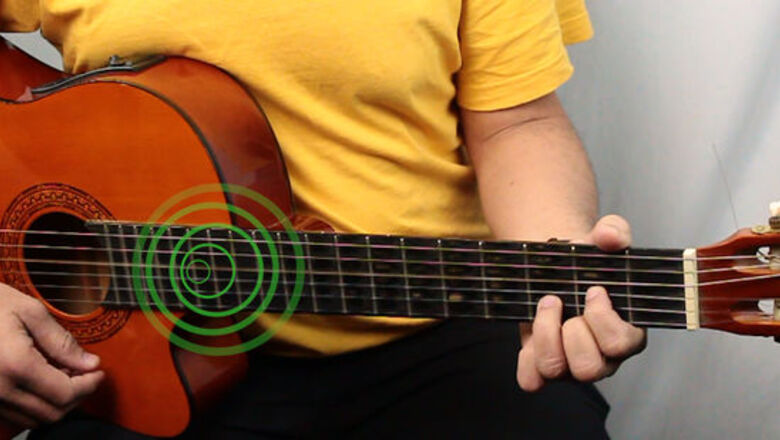
views
X
Research source
Take care with your fingering, and practice often!
Playing an Open D Major
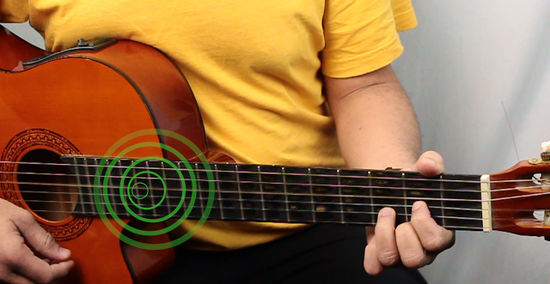
Learn the open D major chord. There are several ways to play a D major chord on the guitar, but this version is the simplest. Learn the fingering, and then practice your strumming until you can play the chord clearly. Press the strings firmly, but try not to tense up!
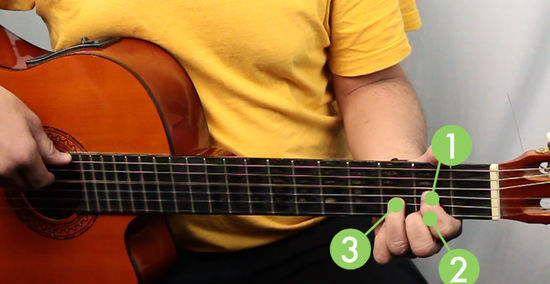
Practice the fingering. Put your index finger on the second fret of the third (G) string. Place your middle finger on the second fret of the first (high E) string. Then, place your ring finger on the third fret of the second (B) string. Leave the top three strings open. The index finger is forming an A note. The middle finger is making the F# note. The ring finger is creating D. Together, these three notes make up the D major chord. If you are playing a regular guitar, you will finger the chord with your left hand. You will use your right hand for strumming.
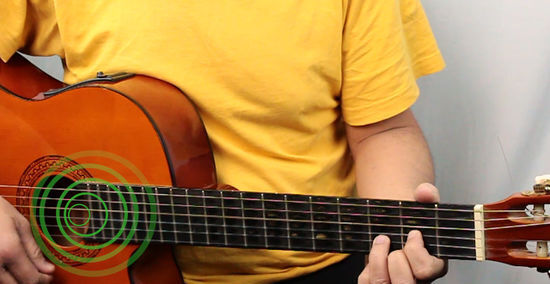
Play the chord. Once your fingers are in place, use your right hand to strum downward from the D (4th) string. Only play the highest four strings: D, G, B, and high E. Do not touch the low E or the A string. Keep practicing the chord until you can generate a clear, crisp-sounding chord.
Playing a Barred D Major

Play a barre chord from the 5th fret. First, use your index finger to cover every string on the 5th fret, save the low E. Then, place your middle finger on the 7th fret of the 4th (D) string; your ring finger on the 7th fret of the 3rd (G) string; and your pinkie finger on the 7th fret of the 2nd (B) string. Make sure that you are holding each string down firmly. Then, strum slowly down from the 5th string to the 1st string. Make sure to leave the top (low E) string untouched. If you play the 6th string, here, then it won't be a D major chord.
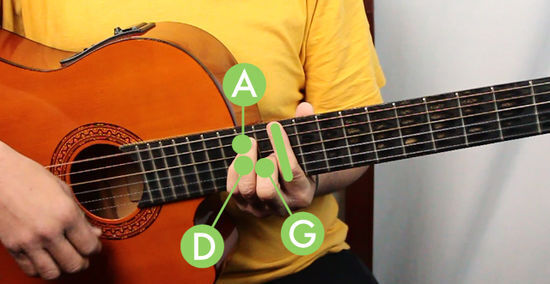
Barre the 10th fret. First, use your index finger to hold down every string on the 10th fret. Then, place your middle finger on the 11th fret of the 3rd (G) string. Put your ring finger on the 12th fret of the 5th (A) string, and put your pinkie finger on the 12th fret of the 4th (D) string. Strum the chord in a single sweep, from the 6th (low E) string to the 1st (high E).
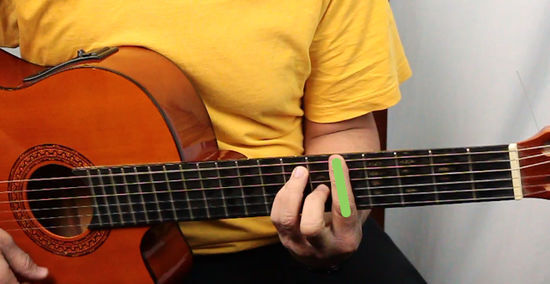
Practice barre chords. The barre chords are more technically complex than the open D major, and they require much more finger strength. Work on pressing your index finger against the fretboard. Make sure that you can hold down all of the strings firmly enough that you create a crisp, clear-sounding chord. If the chord comes out twangy or muted, then you are not holding the strings down firmly enough. Pluck each string individually while you hold the barre chord shape. If a particular note doesn't sound clear, shift your finger around until you can play it crisply. Make sure that your fingers are as centered as possible between the frets, and that none of your fingers are accidentally muting other strings. If you move these barre chord shapes up and down the fretboard, you can play any chord. Two frets higher, for instance, makes a C major chord. Two steps lower makes an E major chord.











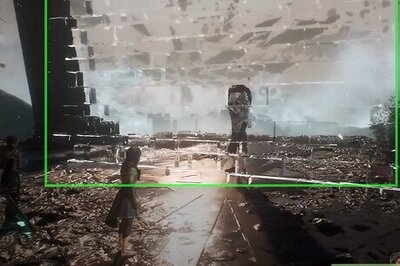
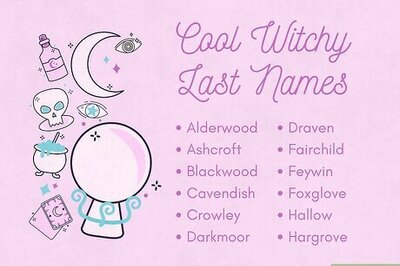



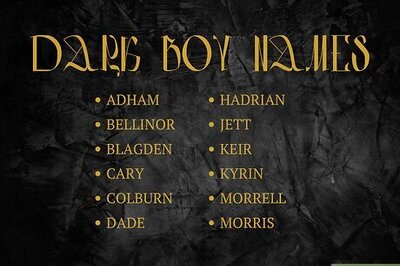



Comments
0 comment